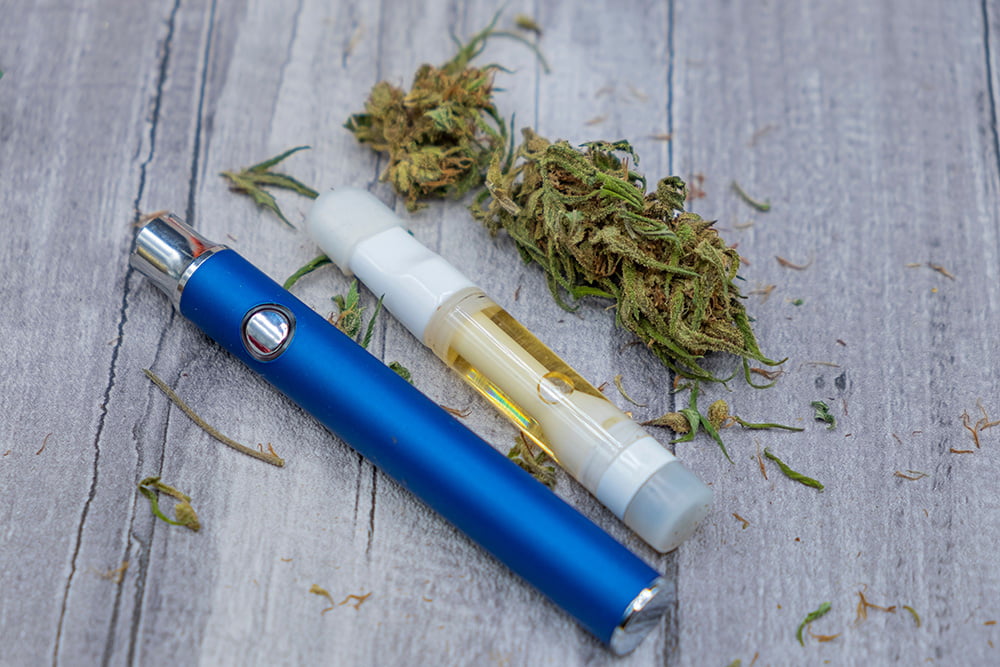About Realeaf
Realeaf.ca is a partnership of First Nation and Indigenous peoples on Indigenous lands.


Our Mission
We provide growth opportunities for First Nations and Indigenous peoples.

Our Vision
Our goal is to partner with First Nations and Indigenous Communities guided by health, wellness, and traditional views.
Origins
The use of cannabis for health benefits can be traced back to ancient civilizations such as China, India, and Egypt. In China, the use of cannabis for medicinal purposes was first recorded in the book “Pen Ts’ao Ching” in 2737 BC, which described its use for the treatment of various conditions such as rheumatism and malaria.
Similarly, ancient Indian texts such as the “Atharva Veda” describe the use of cannabis for medicinal purposes, including the treatment of anxiety, epilepsy, and inflammation. In Egypt, cannabis was used for medicinal purposes and as a recreational drug, with evidence of its use found in the tomb of the Pharaoh Ramses II.
Many Native American cultures have a long history of using cannabis for medicinal, spiritual, and social purposes. Some tribes, such as the Cherokee and Navajo, used cannabis to treat a variety of ailments, including pain, inflammation, and gastrointestinal issues. For example, the Navajo used cannabis to treat sore muscles and joints, as well as to help with digestive issues such as diarrhea and nausea.
Other tribes, such as the Lakota Sioux and the Ojibwe, also used cannabis for medicinal purposes. The Lakota Sioux used cannabis to treat headaches and other types of pain, while the Ojibwe used it to alleviate symptoms of tuberculosis. Native American medicinal cannabis use often involved the use of various parts of the cannabis plant, including the leaves, flowers, and seeds. The plant was typically consumed in tea form, or smoked or ingested in other ways.
However, with the arrival of European colonizers and the subsequent imposition of new laws and regulations, many Native American cultures were forced to abandon their traditional practices, including the use of cannabis. In the United States, the Marihuana Tax Act of 1937 effectively criminalized cannabis use, and the War on Drugs in the 1970s further reinforced negative attitudes towards cannabis use.
Despite this, there has been a recent resurgence of interest in traditional Native American uses of cannabis, with some tribes seeking to reclaim their cultural heritage and incorporate cannabis use into their modern practices. With recent changes in legislation and increased research into the potential health benefits of cannabis, its use for medicinal purposes has become more widely accepted once again.
Evolution
Over the last decade, there has been a significant shift in the perception and use of cannabis. With the legalization of medical and recreational cannabis in several countries, including Canada and many US states, more people have gained access to cannabis products for both medicinal and recreational purposes.
The growing popularity of cannabidiol (CBD) products has also been a significant trend over the last 10 years. CBD is a non-psychoactive compound found in cannabis that is believed to have a range of potential health benefits, including reducing anxiety and inflammation, improving sleep, and reducing seizures in certain types of epilepsy. As a result, CBD products have become widely available in various forms, including oils, capsules, and topicals.
Another significant trend in the last decade has been the development of more sophisticated cannabis cultivation and processing techniques, leading to the production of more potent and diverse cannabis products. This has led to an increased interest in the potential benefits of cannabis use.
Overall, the last decade has seen a significant evolution in the use and perception of cannabis, with increasing acceptance of its potential medical benefits and wider availability of cannabis products. As more research is conducted and regulations are put in place, it is likely that this trend will continue to evolve in the coming years.
Top Health Benefits of Cannabis
Cannabis has been found to have a range of potential health benefits. One of the most widely recognized benefits of cannabis is its ability to relieve pain. Studies have shown that cannabis can be effective in reducing chronic pain associated with conditions such as arthritis, multiple sclerosis, and neuropathic pain.
In addition to pain relief, cannabis may also have anti-inflammatory properties, making it a potential treatment for inflammatory conditions such as Crohn’s disease and ulcerative colitis. Cannabis has also been found to have anti-tumor properties and may be useful in the treatment of certain types of cancer.
Cannabis can also have positive effects on mental health. It has been found to reduce anxiety, depression, and PTSD symptoms and promote feelings of relaxation and well-being. Additionally, cannabis may be useful in the treatment of sleep disorders, such as insomnia, and can improve appetite and reduce nausea and vomiting.
There is also some evidence that cannabis may be beneficial in the treatment of neurological conditions such as epilepsy, Parkinson’s disease, and multiple sclerosis. Cannabis has been found to have neuroprotective properties, meaning that it may help protect the brain from damage and slow the progression of certain neurological disorders.
Below is a summary of the top known health benefits:
- Pain relief: Cannabis may help alleviate chronic pain, including neuropathic pain, due to its ability to interact with the body’s endocannabinoid system.
- Anti-inflammatory effects: Cannabis may have anti-inflammatory properties that could benefit conditions such as arthritis,
- Crohn’s disease, and multiple sclerosis.
- Reduced anxiety and depression: Cannabis may help reduce symptoms of anxiety and depression by interacting with neurotransmitters in the brain.
- Improved sleep: Cannabis may help improve sleep quality and reduce insomnia, which can benefit those with chronic pain and other conditions.
- Reduced nausea and vomiting: Cannabis may help alleviate nausea and vomiting caused by chemotherapy, and may also benefit those with conditions such as motion sickness and morning sickness.
- Muscle relaxation: Cannabis may help reduce muscle spasms and stiffness, which can benefit those with conditions such as multiple sclerosis and spinal cord injury.
- Seizure control: Cannabis-based medications have been shown to be effective in reducing seizures in certain types of epilepsy.
THC vs CBD
THC (tetrahydrocannabinol) and CBD (cannabidiol) are two of the most well-known compounds found in cannabis, and they have different effects on the body. THC is the primary psychoactive compound in cannabis, and it is responsible for the “high” or euphoric feeling that many people associate with cannabis use. THC has several potential health benefits, including pain relief, reducing inflammation, and improving sleep.
On the other hand, CBD does not produce a “high” and has been found to have several potential health benefits of its own. CBD has been found to be effective in reducing anxiety and depression symptoms, as well as improving sleep. Additionally, CBD has anti-inflammatory properties and may be useful in the treatment of conditions such as Crohn’s disease, ulcerative colitis, and rheumatoid arthritis. CBD has also been found to be helpful in reducing seizures in certain forms of epilepsy.
Both THC and CBD have potential health benefits, and the effects of each compound may be enhanced when used together in a phenomenon known as the entourage effect. However, it is important to note that the effects of cannabis can vary depending on factors such as the dose, method of consumption, and individual tolerance. It is important to speak with a healthcare professional before using cannabis or any cannabis-derived products for medical purposes.




